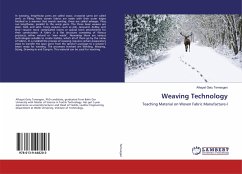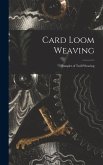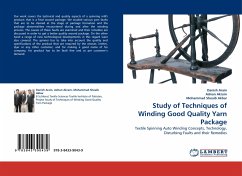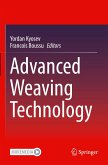In weaving, lengthwise yarns are called warp; crosswise yarns are called weft, or filling. Most woven fabrics are made with their outer edges finished in a manner that avoids raveling; these are called selvages. They run lengthwise, parallel to the warp yarns. The three basic weaves are plain, twill, and satin. Fancy weaves-such as pile, Jacquard, dobby, and leno-require more complicated looms or special loom attachments for their construction. A fabric is a flat structure consisting of fibrous products, either natural or man made . Nowadays there are various technologies suitable to create textiles, which all of them go by the name of fabrics. In a nutshell the process of weaving requires certain preparatory steps to transfer the spun yarns from the spinner's package to a weaver's beam ready for weaving. The processes involved are: Winding, Warping, Sizing, Drawing-in and Tying-in. This material can be used for teaching.
Bitte wählen Sie Ihr Anliegen aus.
Rechnungen
Retourenschein anfordern
Bestellstatus
Storno








